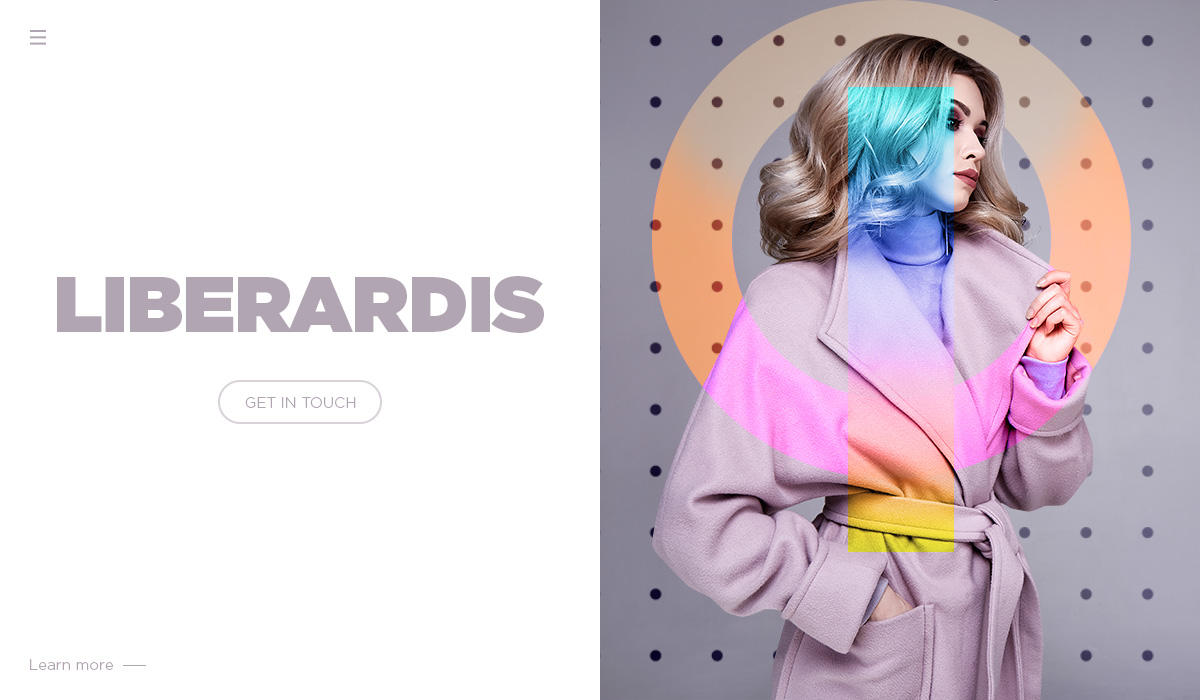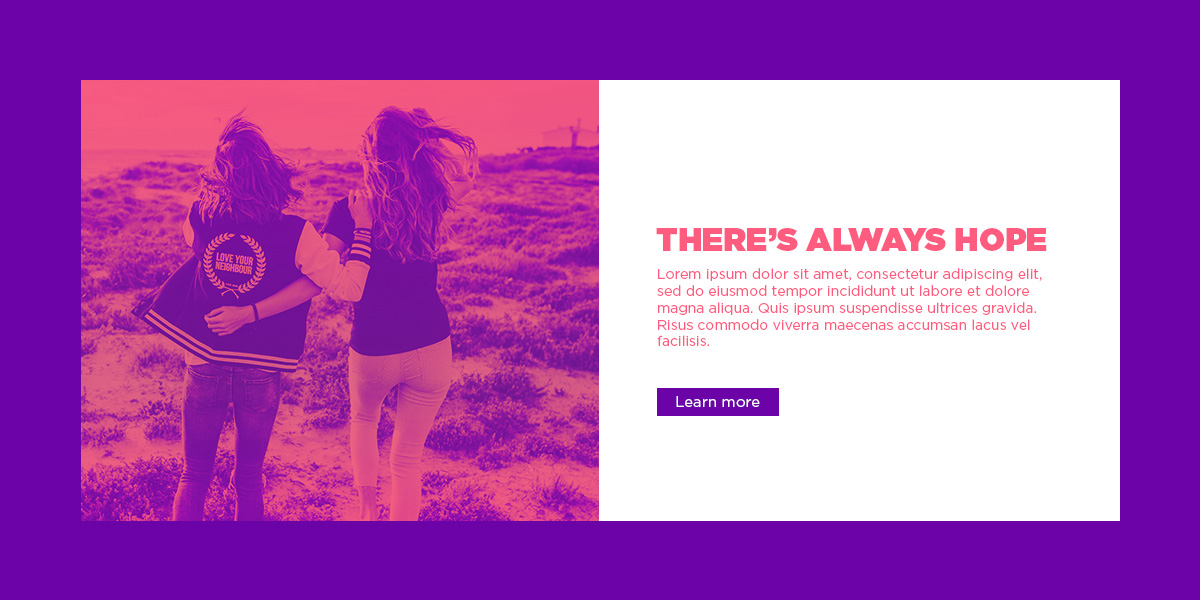Design is a technological process of creativity. The provenience of the user experience design is still a notorious subject. Psychologists, engineers, professors, philosophes, and others – all are striving to define a blueprint for human behavior. They tried to explain how people interact with things based on individual beliefs. Just imagine how the world was made – it’s the most complex and highly organized system we have ever seen. So, all things are made up by following rules, even if we say we don’t like them too much. In this article, we’ll dig into the most popular UX design principles.
Design Roots are in Human Psychology
They say if you’re an artist, you must have a wild heart and mind. That’s the same in web design. It means you are not afraid to explore new fields, such as designing a brand new user experience. But, to do that, you have to improve your knowledge and take a sip of human psychology and its behavioral paths & patterns. Invest time in research and identify the repetitive trends over the years, because “technology may change rapidly, but people change slowly” advises Don Norman in his book called “The Design of Everyday Things.”

As a principle, design is based on visual and technological practices and refers to the trademark or copyright protection. In scientific terms, it can be a piece with a 3D appearance, part of an entire item or just a section of it, and may consist of colors, shapes, lines, shadows, backgrounds, and so on. Human-centered design methods can empower the brain and help develop better user research and creative thinking.
Guide of the Most Popular UX Design Laws
User experience design is like a huge collection of “consistent interactions” based on trust. If you want to drive performance and deliver an outstanding item, you should take into consideration the most popular UX design laws.
1. Miller’s Law:
People have short-term memory. The Princeton professor and psychologist, George A. Miller, believes that if you make a user think more than usual, it’s a cognitive overload effort and the experience won’t be a pleasant one. Miller stated in his popular article “The Magical Number Seven, Plus or Minus Two: Some Limits on Our Capacity for Processing Information” that the human’s brain storage capacity is limited.
WordPress Tip: Keep the number of visual elements with the same info on your WordPress website to a limited one.

2. Hick’s Law:
The Hick’s law was crafted by two psychologists, William E. Hick, and Ray Hyman and states that if the UI has a series of choices people need to make, the time to take any action increases. So, when showing a visitor multiple options, he has to think more before initiating the activity, and time flies. If you want to learn more about the differences between User Experience and User Interface, you can take a look at our comprehensive UX and UI guide.
WordPress Tip: For example, you could keep the menu’s design minimal and easy to navigate through.
3. Fitts’ Law:
Paul Morris Fitts has made a study of the human movement based on mathematical models. He says, “the time required to rapidly move to a target area is a function of the ratio between the distance to the target and the width of the target.” In our context, it means that when you need someone to click on a small element on your website, the time of doing so increases. Actually, it’s a calculation between the time to move to the element, the distance to it, and its width.
WordPress Tip: Keep the balance between elements such as buttons, CTA’s, and others, by using proper sizes and positioning. Don’t make the visitor overthink!

4. Jakob’s Law:
Jakob Nielsen is a leading web usability consultant, and notes that “users spend most time on other websites than your website.” When visitors cumulate their experience by navigating on other websites, they are used with some design conventions, and they act instinctively.
WordPress Tip: Analyze competition and make your website the same, yet different. Follow design patterns and get your inspiration from the Newspaper theme or other news themes.
Final Thoughts
There are many more UX design principles you might take a look at such as the five principles of grouping by Gestalt. By following these rules, you get the chance to gather meaningful information, develop and test new ideas, and improve the relationship between you & your consumers. What is the UX design law you use the most? Comment below and show us how you’ve implemented it on your WordPress website.














